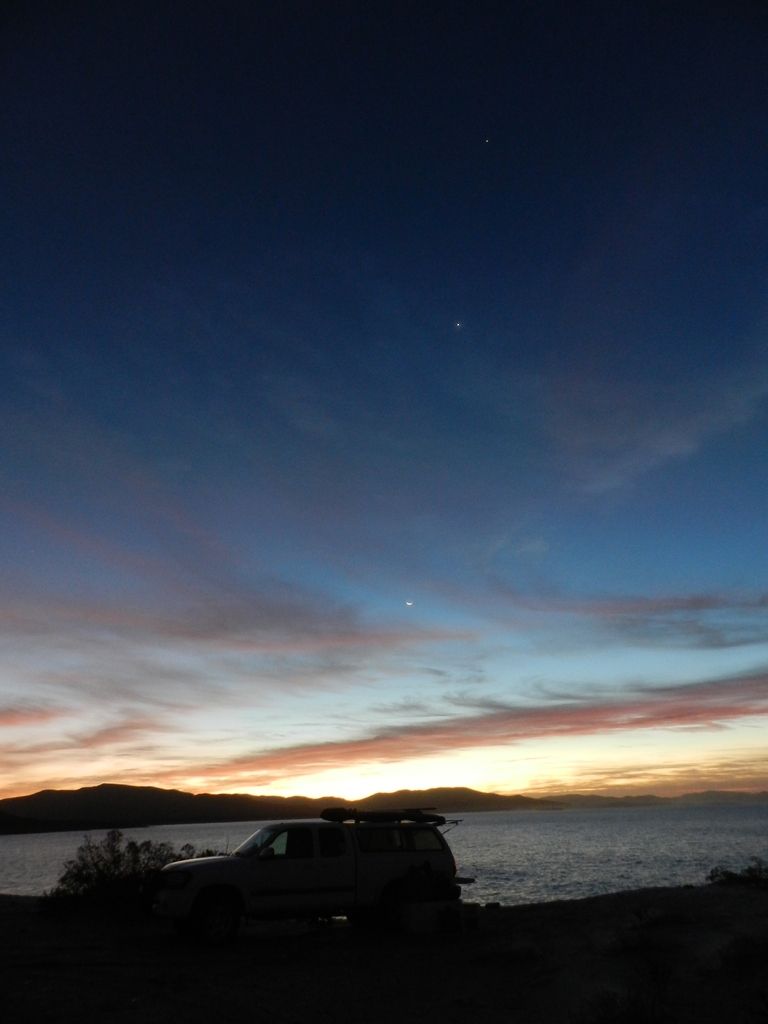Yes of course, I meant from our perspective "full". Just questioning the question to answer correctly.
"I ask why on most days we see only part of the moon".
Part of the moon...as it part lit (phases), or just always the same area/side of the moon?
If why we only see the same "side" of the moon, it is because the rotation/spin of the moon is equal to the orbital velocity of the moon around the
earth. Or is that still not what you're looking for? Ha. Sorry I'm a aerospace engineer and love physics and space, and just don't know what "part"
refers to. 
[Edited on 5-10-2016 by BooJumMan] |














 )
)
 bajaoldmads juiced up on google!
bajaoldmads juiced up on google!

















